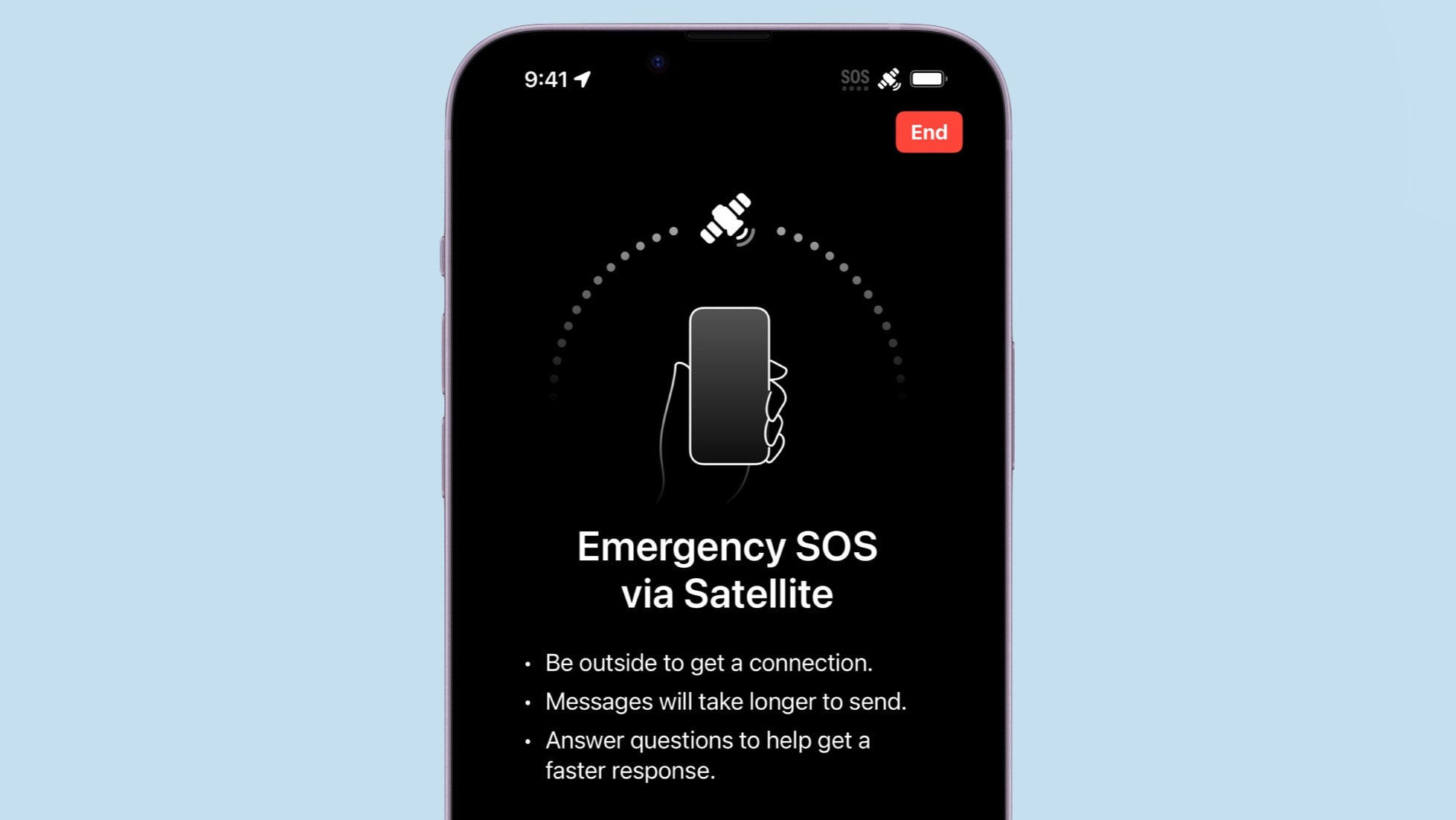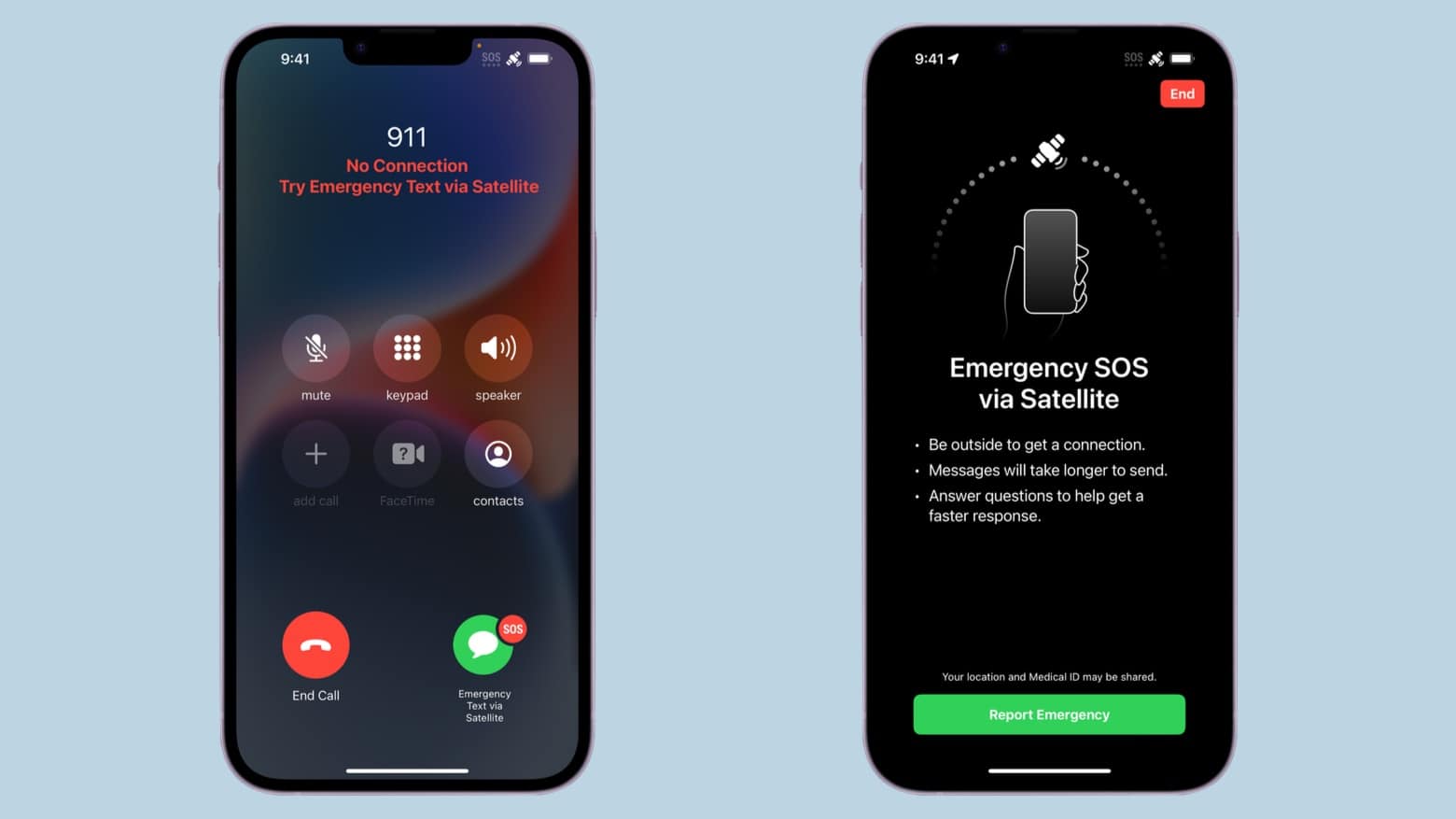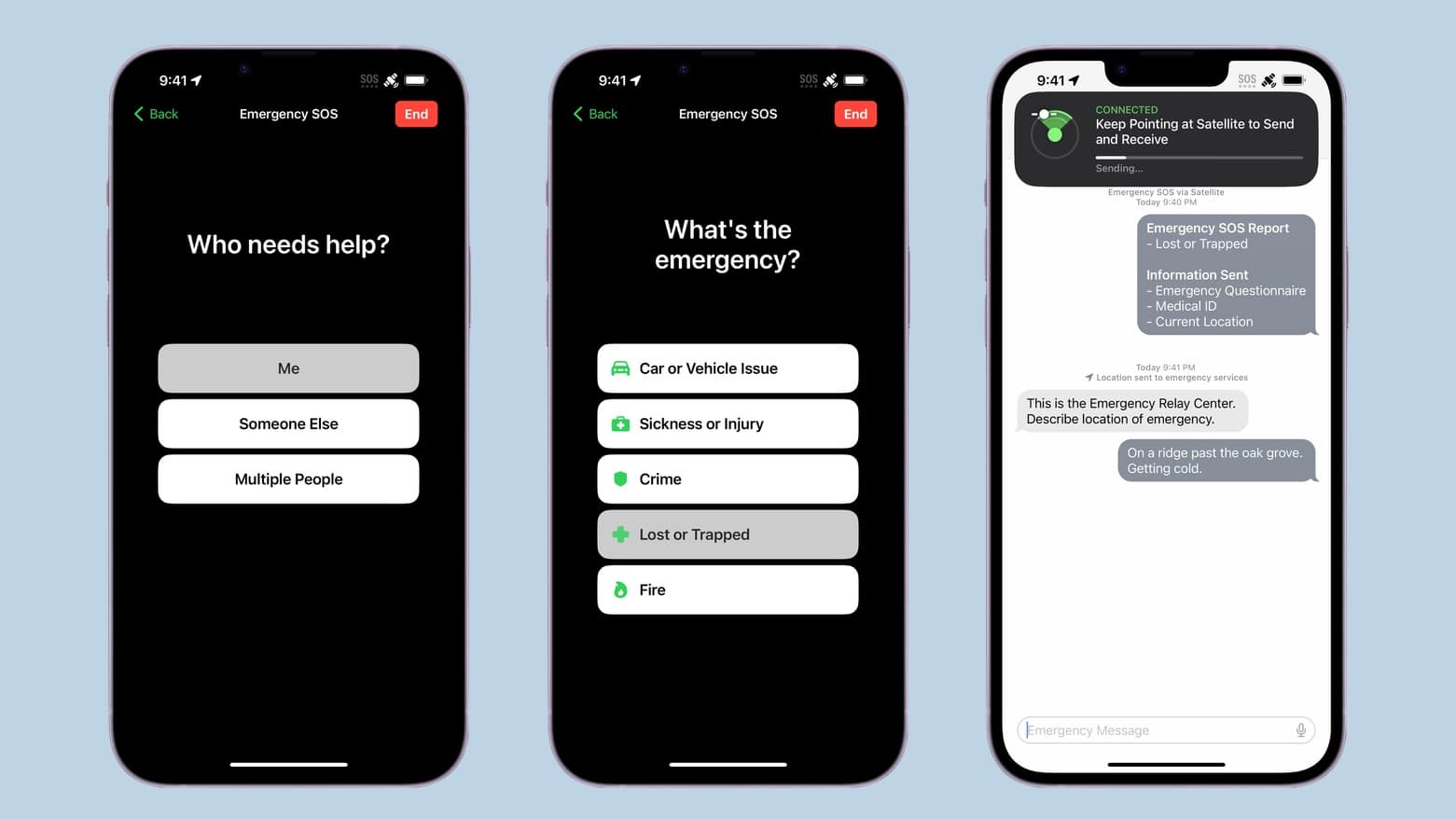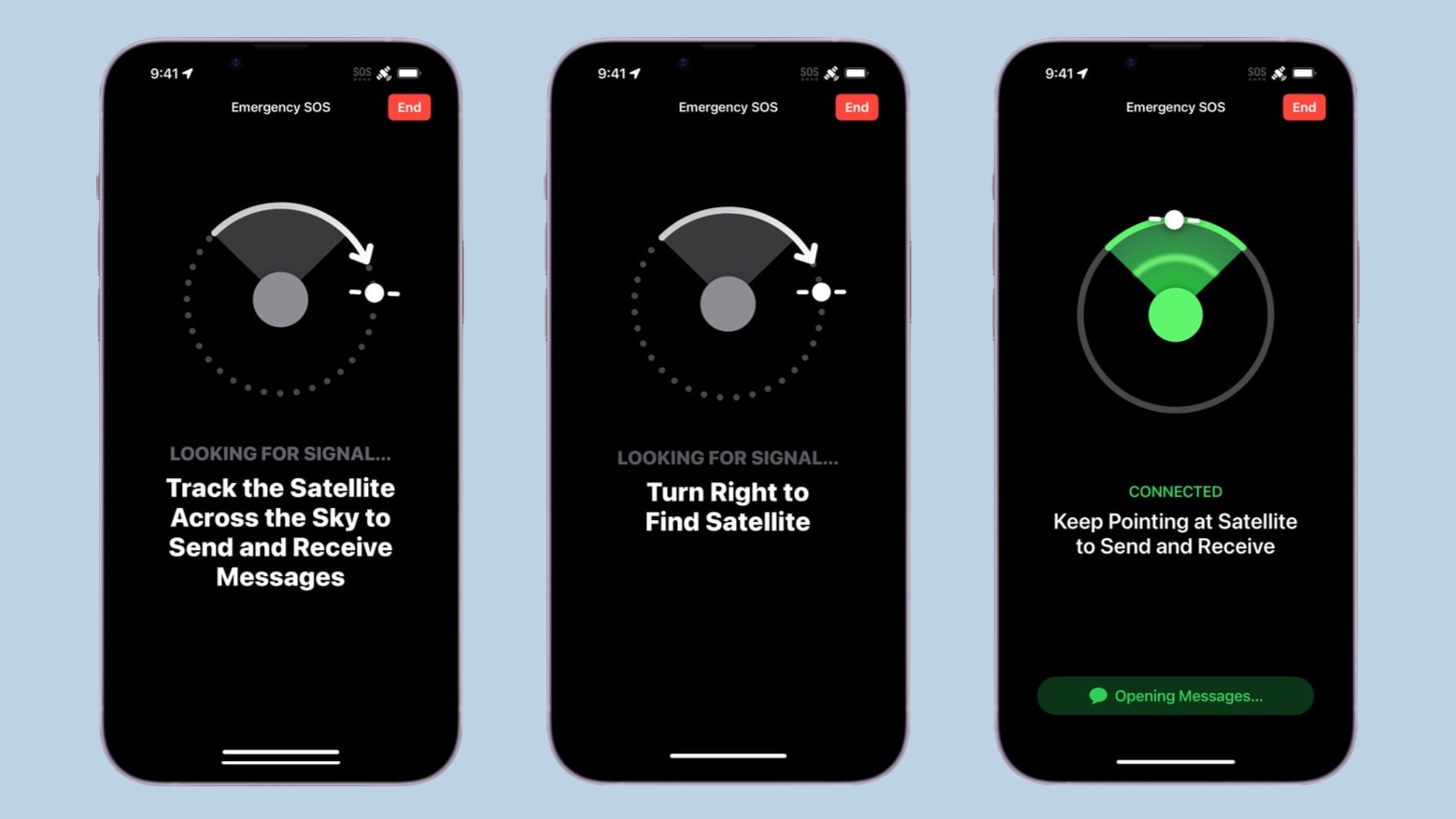
If you own an iPhone 14 or iPhone 15, it’s time to test one of its best abilities: Apple’s Emergency SOS via satellite service. This allows users of these iOS handsets to exchange messages with emergency services while outside of cellular and Wi-Fi coverage.
Getting a compatible iPhone in contact with a satellite isn’t complicated. But it’s something users should know how to do before they need this potentially lifesaving feature.
Here’s how to use the iPhone’s Emergency SOS via satellite feature.
Never be out of touch with iPhone satellite SOS
Apple’s Emergency SOS via satellite service is for hikers, climbers, hunters, boaters and anyone traveling through remote areas. It has been credited with speeding the rescue of people stranded in the far reaches of Alaska and the Canadian wilderness. It gives iPhone 14 and iPhone 15 users emergency access to help. And it has to be a real emergency — forgetting to record a football game doesn’t qualify.
The iPhone satellite connection service will not activate when you can get a cellular connection. If you have bars, you should call or text for emergency help — use 911 or your local equivalent.
Note: Apple plans to expand the use of this technology in iOS 18. iPhone users will be able to send text messages via satellite to friends and family members in the updated Messages app later this year.
Get started with Apple’s Emergency SOS via satellite service

Photo: Apple
If you’re lost, stranded or injured in a location so remote there’s no other way to get help, it’s time to use your iPhone’s Emergency SOS via satellite feature. Start by going to an open area. Your handset can communicate with a satellite, but just barely. Trees and buildings interfere with the signal.
Squeeze the sides of your iPhone to press the power and volume up buttons at the same time. This opens a screen that, among other options, includes Emergency Call. Swipe to the right. In the United States, an attempt to call 911 with no cell service will bring up the option to use satellite SOS.
It’s not a phone call

Photo: Apple
The iPhone isn’t a true satellite phone, so you can’t make an emergency voice call with a satellite in orbit. The iOS handset can only exchange messages using Apple’s Emergency SOS via satellite service … and it can only do so slowly.
The process is difficult enough that you’re not put into direct contact with emergency services. Instead, your iPhone will ask you a series of questions to determine what kind of help you require. Do you need a paramedic to be airlifted into the wilderness or simply a tow truck? The information will go to centers staffed by Apple-trained specialists who call for help on your behalf. It’s these people that you will be exchanging text messages with, not police, hospital, park rangers, etc.
Now find a satellite with your iPhone’s prompts

Photo: Apple/Cult of Mac
Once you’ve entered the details of your emergency, it’s time to send them via satellite using Apple’s Emergency SOS via satellite. Satellite phones traditionally require bulky external antennas, something the iPhone obviously does not possess. Apple compensated by showing users where they need to point the handset in order to make a connection with a satellite in low-Earth orbit.
Only after making the satellite connection will your first emergency text message go out. And you must keep the iPhone pointed at the satellite all through this process. Don’t worry, the app shows you where to point.
In my test of the system, my iPhone located a satellite in only a few seconds. On-screen prompts told me where to point the handset to make a connection, and then kept me pointed in exactly the right direction.
Test it for yourself
If you plan to head out to the back of beyond, I highly recommend you test the Emergency SOS via satellite service on your iPhone first. It’s not the sort of thing you want to figure out while you’re 15 miles into the desert and nursing a broken leg.
To do so, just open your iPhone’s Settings app and go to Emergency SOS. Then scroll down to the Emergency SOS via Satellite section and tap on Try Demo. It will simulate the process so your first time using the service won’t happen during a real emergency.
Who can use Apple’s Emergency SOS via satellite service on iPhone?
Any of the iPhone 14 and iPhone 15 models running can connect to a satellite for emergency communication. The feature is not limited to the Pro versions. The service debuted in November 2022 in the United States and Canada on supported devices running iOS 16.1 or later. Then it became available in the United Kingdom, France, Germany and Ireland in December 2022 (iOS 16.2 or later). And it came to Austria, Belgium, Italy, Luxembourg, the Netherlands and Portugal in March 2023 and Australia and New Zealand in May 2023 (iOS 16.4 or later).
The need for call centers staffed by Apple-trained specialists to handle communication between iPhone users and emergency services is why Emergency SOS via satellite isn’t already available everywhere on earth. Apple needs to set up these centers and hire staffers for every country where the service will be available.
If you need additional help, visit Apple’s support page for the service.
We originally published this post on Apple’s Emergency SOS via satellite on iPhone on January 1, 2024. We updated the information.






